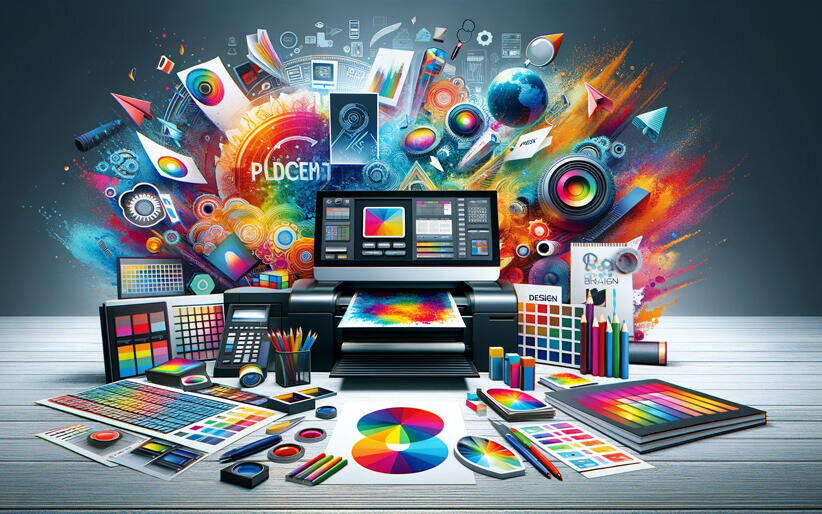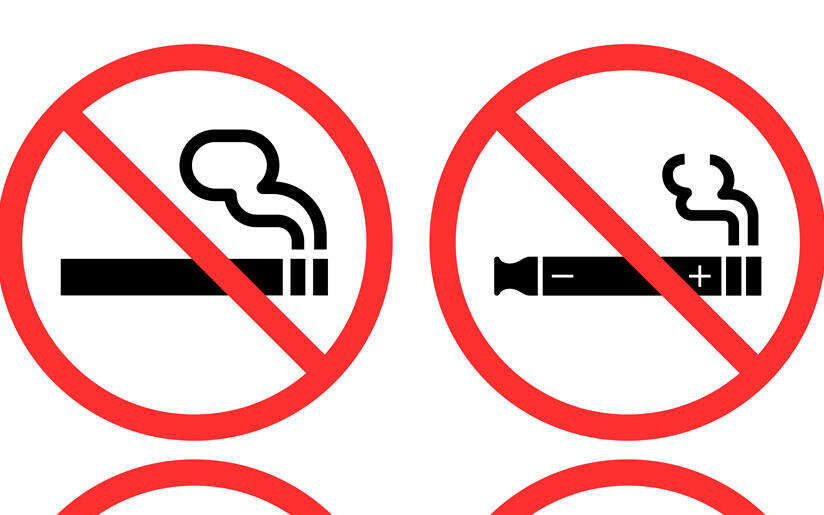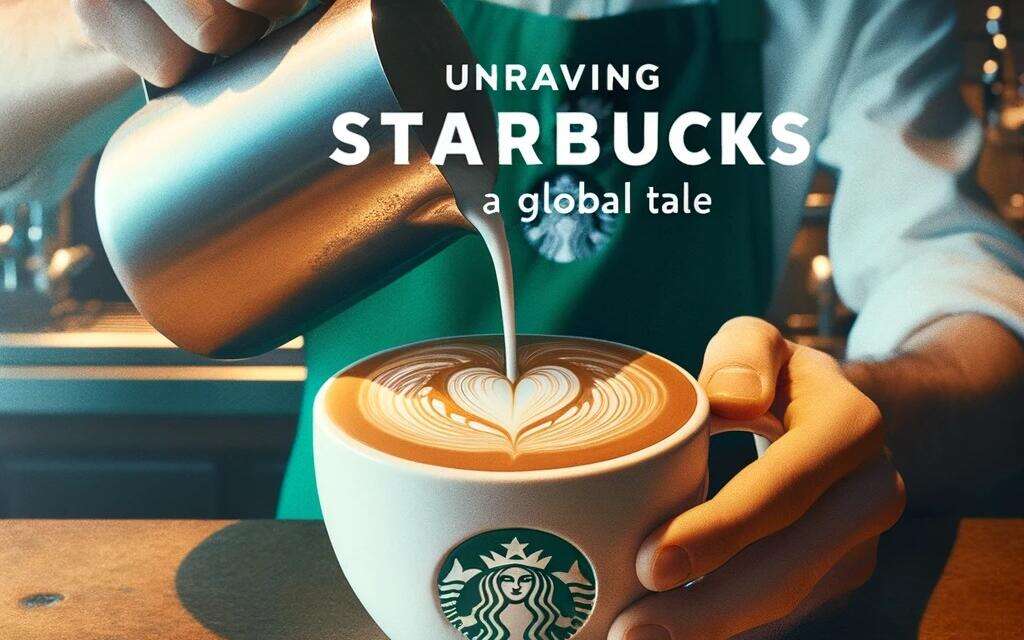The vibrant spectrum of colours we see in the world around us is not just a visual treat. Colours have the profound ability to elicit emotions, stimulate memories, and even shape perceptions. Within the realm of branding, understanding the psychological implications of colours can be a game-changer. A brand's colour palette can set it apart, define its identity, and establish a deep emotional connection with its audience.
The Science Behind Colour and Perception
Before diving into individual colours, let's shed some light on why colours have such a significant impact on our minds. Human beings are visual creatures. A large part of our brain is dedicated to visual processing, making us extremely sensitive to visual stimuli, like colours.
When light strikes an object, the object reflects back specific wavelengths which our eyes perceive as colours. These signals are transmitted to the brain, where they interact with various neurons and regions, triggering psychological and physiological reactions.
For example, some colours can elevate our heart rate, while others can calm us down. This is why the atmosphere of a room can feel different based on its colour scheme.
Harnessing the Power of Colour in Branding
Branding is essentially about creating a memorable impression. Brands want to be recognised, remembered, and evoke specific emotions or thoughts in their audiences. By choosing the right colours, a brand can communicate its values, ethos, and personality without saying a word.
Decoding the Language of Colours
Let’s delve into a list of colours and discover what each typically represents:
-
Red:
- Psychological Influence: Stimulates energy, excitement, passion, and urgency.
- Branding Application: Often used in clearance sales to induce urgency. Brands that want to come across as energetic or passionate (like Coca-Cola or Ferrari) use red as a dominant colour.
-
Blue:
- Psychological Influence: Elicits feelings of calmness, trustworthiness, and reliability.
- Branding Application: Preferred by tech companies, banks, and corporations wanting to project stability and trust (like IBM, Facebook, and Visa).
-
Green:
- Psychological Influence: Represents growth, harmony, health, and environment.
- Branding Application: Commonly used by organic, vegetarian, and environmentally-conscious brands (like Whole Foods or John Deere).
-
Yellow:
- Psychological Influence: Radiates happiness, optimism, and youthfulness.
- Branding Application: Often used to grab attention in window displays. Brands wanting to come across as cheerful (like McDonald's or Nikon) opt for yellow.
-
Purple:
- Psychological Influence: Conveys luxury, mystery, and spirituality.
- Branding Application: Luxury brands or those wanting to denote exclusivity (like Cadbury or Hallmark) lean towards purple.
-
Orange:
- Psychological Influence: Exudes enthusiasm, creativity, and warmth.
- Branding Application: Brands that want to appear friendly and adventurous (like Fanta or Home Depot) utilise orange.
-
Black:
- Psychological Influence: Symbolises elegance, sophistication, and power.
- Branding Application: Premium brands aiming for a modern and luxurious image (like Gucci or Apple) often go for black.
-
White:
- Psychological Influence: Represents purity, simplicity, and cleanliness.
- Branding Application: Brands wanting to depict simplicity and purity (like Apple or Nike) use white abundantly.
-
Pink:
- Psychological Influence: Evokes feelings of romance, sweetness, and femininity.
- Branding Application: Brands targeting a female demographic or wishing to convey softness (like Barbie or Victoria's Secret) tend to favour pink.
-
Brown:
- Psychological Influence: Radiates ruggedness, earthiness, and reliability.
- Branding Application: Brands associated with agriculture, outdoor gear, or those wanting to project an earthy image (like UPS or Timberland) often choose brown.
Cultural Differences in Colour Perception
To effectively leverage the power of colour in branding, it's essential to consider the cultural nuances that influence colour perception. For instance, while the colour white is often associated with purity and innocence in Western cultures, it symbolizes mourning and death in some Eastern cultures like China and Japan. Therefore, if your brand targets a global audience, a one-size-fits-all approach to colour could backfire. It's crucial to conduct market research to understand how your target audience interprets different colours, ensuring that your brand's message is universally resonant rather than potentially alienating.
Psychological Studies on Colour
The influence of colour on human psychology isn't merely anecdotal; it's a subject of extensive scientific research. For example, a study titled "Colour Strategies in Modern Brand Design" explores the various dimensions of colour psychology, including its psycho-physiological, socio-psychological, and aesthetic-emotional impacts. This study reveals that factors such as age, gender, and cultural traditions can significantly influence colour choices in brand design. By incorporating insights from such research into your branding strategy, you not only add a layer of credibility but also make more informed and effective decisions.
Strategic Implementation of Colour in Branding
To harness the power of colour psychology in branding:
-
Understand Your Target Audience: Different cultures, demographics, and age groups perceive colours differently. Research and understand your target group's colour perceptions before finalising a palette.
-
Consistency is Key: Once you choose a colour palette for your brand, stick with it. This consistency helps in building brand recognition.
-
Complement with Brand Personality: Align your brand's colour with its personality. If you're a health brand, green might work better than red.
-
Test and Iterate: Sometimes, perceived colour values might differ from actual audience reception. A/B testing can provide insights into how your audience reacts to different colours.
Colours are not mere decorative elements; they are potent tools of communication. In branding, the informed use of colours can set a brand apart, making it memorable and resonate deeply with its audience. By understanding and strategically deploying colour psychology, brands can communicate more effectively, ensuring that their message not only reaches its audience but also sticks with them.
References
- Colour Strategies in Modern Brand Design
- Authors: O. Kostiuchenko, R. Mykhailova
- Publication Date: October 31, 2022
- Source: Read the full paper
- Summary: Explores the role of colour in brand design, including its psycho-physiological, socio-psychological, and aesthetic-emotional influence.








Comments (0)
Add a Comment